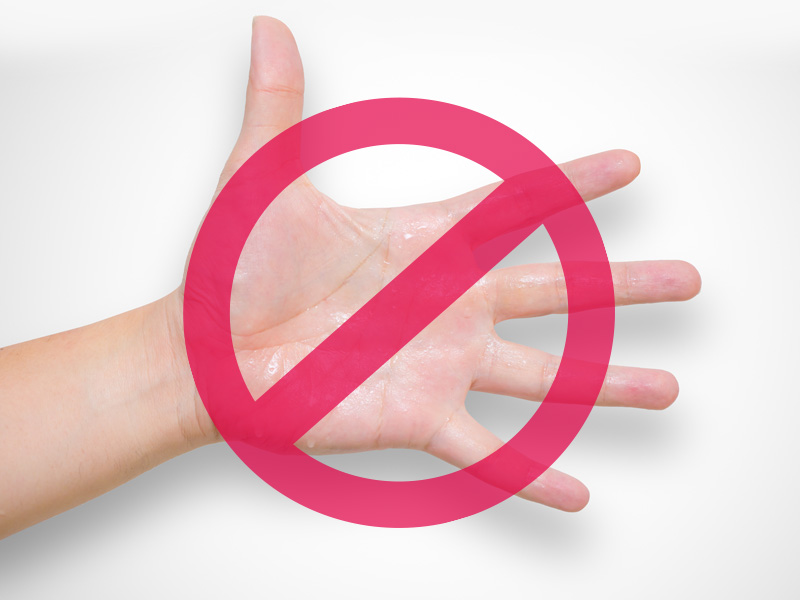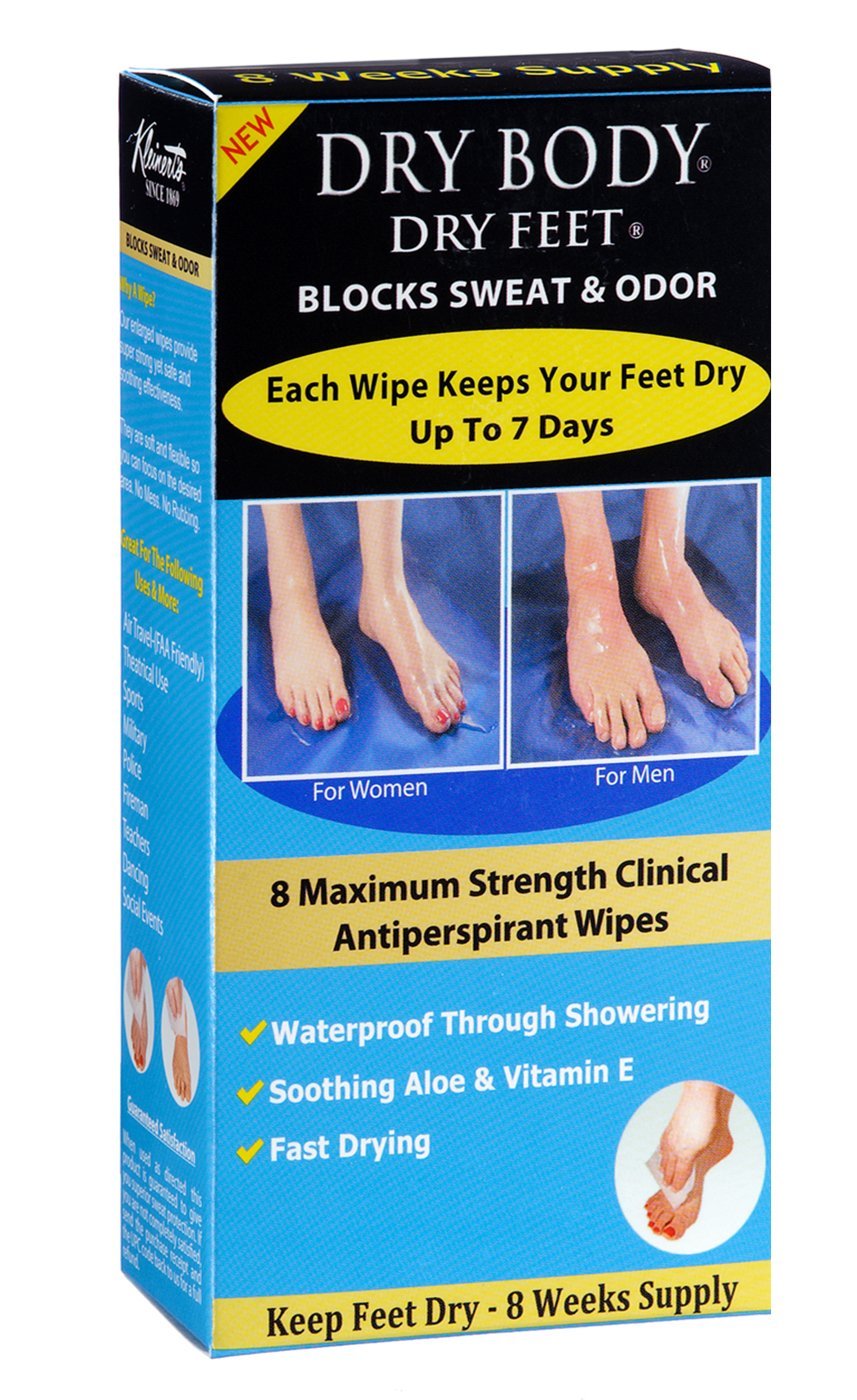Unveiling the Intricacies of Excessive Sweating: A Comprehensive Overview to Medical Diagnosis and Administration
Too much sweating, clinically understood as hyperhidrosis, is a problem that impacts a considerable number of people and can have a profound effect on their high quality of life. While sweating is an all-natural bodily function, its overactivity in hyperhidrosis presents an unique set of challenges that frequently go beyond plain pain.

Understanding Hyperhidrosis Causes
Hyperhidrosis creates can be associated to numerous elements such as genes, hormone imbalances, and specific clinical conditions. Genetics play a substantial role in main focal hyperhidrosis, where people inherit the condition from their household participants. By identifying the certain variables contributing to extreme sweating, medical care providers can tailor therapy strategies to address the underlying cause, providing alleviation and boosting the quality of life for individuals impacted by hyperhidrosis.
Identifying Hyperhidrosis Effects

Furthermore, hyperhidrosis signs might materialize in social and psychological distress, as individuals may feel embarrassed or distressed concerning their sweating, causing evasion of social circumstances (Sweaty hands treatment). Furthermore, duplicated episodes of extreme sweating can lead to skin maceration, fungal infections, and an overall reduction in self-confidence
Diagnostic Process for Hyperhidrosis
Launching the diagnostic process for extreme sweating involves thorough analysis of the person's medical background and physical exam. Asking regarding the onset, period, and sets off of sweating episodes is crucial to separate between key focal hyperhidrosis and additional generalized hyperhidrosis. Case history must likewise include questions about medications, clinical conditions, and family members history of hyperhidrosis.
Throughout the checkup, certain attention is paid to the locations affected by sweating. The doctor may analyze the extent of sweating, check for indicators of underlying conditions, and assess the influence of sweating on the person's lifestyle. In addition, certain tests like the gravimetric examination, site link starch-iodine examination, or skin conductance measurements may be carried out to evaluate the amount of sweat created.
Additionally, in situations where second hyperhidrosis is believed, added examinations such as blood examinations, pee examinations, and imaging researches might be advised to recognize the underlying root cause of too much sweating. The analysis process intends to accurately determine the kind and reason for hyperhidrosis to direct proper administration methods.
Treatment Choices for Hyperhidrosis
When resolving too much sweating, numerous therapy alternatives are readily available to alleviate symptoms and boost the person's top quality of life. The therapy technique for hyperhidrosis relies on the intensity of signs and symptoms and the person's response to initial therapies.
Topical therapies, such as aluminum-based antiperspirants, are often recommended as the first line of protection for taking care of moderate situations of hyperhidrosis. These products function by connecting the sweat air ducts, therefore minimizing the quantity of sweat that gets to the skin's surface area. For people with much more serious signs and symptoms, oral drugs like anticholinergics may be recommended to these details assist lower sweating. Nevertheless, these medications can have side effects and are not ideal for everyone.

Effective Administration Approaches
To efficiently take care of hyperhidrosis, a individualized and detailed therapy plan customized to the person's particular demands and reaction to previous treatments is important. Iontophoresis, entailing the use of a reduced electrical current to decrease sweat gland task, can be useful for both palmoplantar and axillary hyperhidrosis. A multidisciplinary strategy involving skin specialists, main treatment physicians, and, if required, specialists, can optimize the see this here management of hyperhidrosis.
Conclusion
In conclusion, hyperhidrosis is a problem identified by extreme sweating, which can considerably affect an individual's quality of life. With correct medical diagnosis and administration techniques, individuals suffering from hyperhidrosis can locate alleviation and enhance their overall health.
Too much sweating, medically known as hyperhidrosis, is a problem that influences a considerable number of individuals and can have an extensive effect on their high quality of life. By identifying the details aspects contributing to too much sweating, medical care companies can tailor therapy plans to address the underlying reason, providing relief and enhancing the quality of life for people impacted by hyperhidrosis.
Hyperhidrosis, characterized by extreme sweating beyond what is essential for controling body temperature level, can substantially impact a person's top quality of life. Making inquiries concerning the beginning, period, and causes of sweating episodes is vital to distinguish in between primary focal hyperhidrosis and second generalized hyperhidrosis. Treatment for hyperhydrosis of hands and feet.In final thought, hyperhidrosis is a problem characterized by too much sweating, which can significantly influence an individual's top quality of life
Comments on “Expert Dermatology Solutions for Treatment of Hyperhydrosis of Hands: Comprehensive Guide”